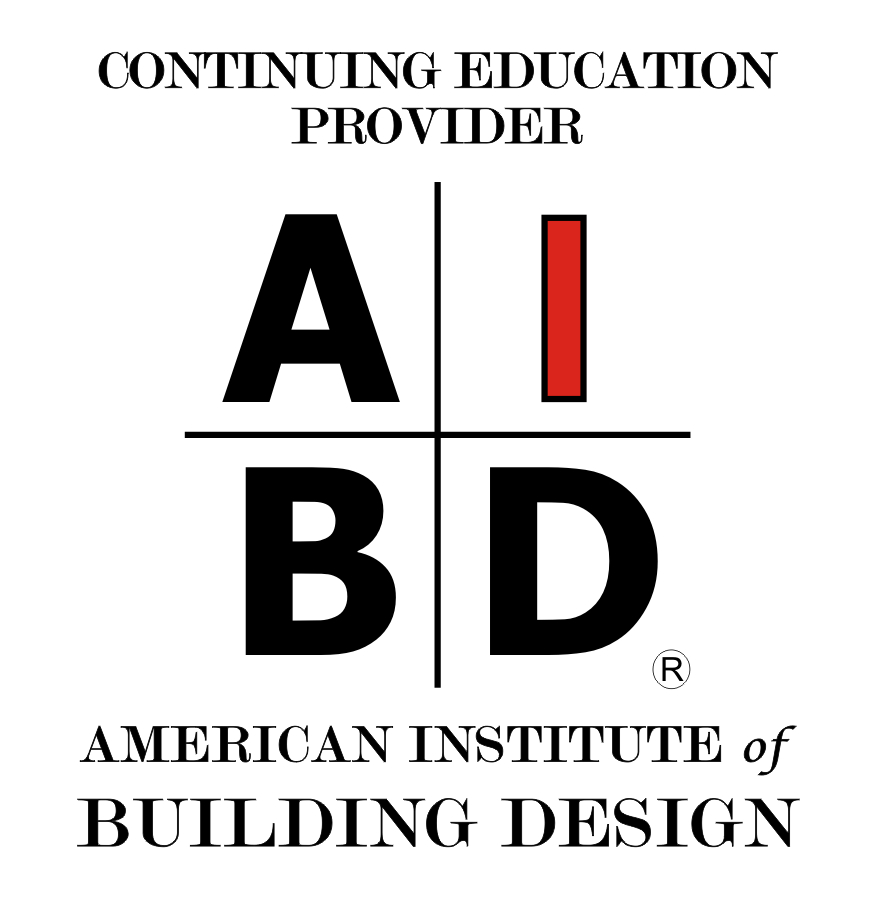Piping Systems – Designing for Human Health and Safety
Sponsored by Safe Piping Coalition | Presented by Paul Hagar
Webinar On-Demand
Millions of piping systems across North America bring clean water to families, schoolchildren, doctors/patients, and workers. They also carry away sewage and other waste, among other essential functions. Water and drain/waste/vent piping infrastructure must safeguard human health and safety, while also addressing sustainability and environmental concerns. Recent piping crises such as lead contamination in Flint, Michigan, and benzene contamination in Santa Rosa, California, demonstrate that not all piping systems are created equal. This session will reveal hidden costs and risks, provide an overview of key building codes, and illustrate appropriate applications of various piping types.
.jpg)

|
Paul Hagar has worked in the Architecture, Engineering and Construction (AEC) industry for more than 20 years, including consulting with the piping industry, working on codes and standards, marketing and sales of residential and commercial products, and collaborating with architecture and interior design firms. He is passionate about finding practical and effective solutions for environmental challenges that benefit both people and planet. |
Safe Piping Matters is a coalition of leaders in labor, fire safety, the piping industry, and government advocates at the national and local level. The group works to educate stakeholders and the public about the ways piping materials used for service lines, water mains, and drain, waste and vent systems impact human health and safety, water quality, and the environment.
Originally published in Security
Originally published in August 2021
LEARNING OBJECTIVES
- Explain how widely used materials can affect the health of occupants, the community, and the environment.
- Discuss key building codes and their implications for specification and construction of piping systems.
- Cite significant fire risks associated with design of piping infrastructure.
- Discuss examples that illustrate how piping should be considered to ensure safety, resilience, and sustainability.











